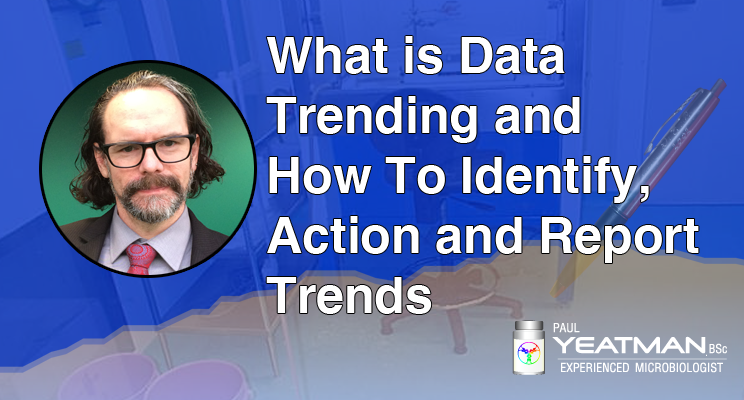The Question posed on LinkedIn.
“Companies are expected to perform trending of their monitoring data. Detecting adverse trends should help to prevent exceedings of regulatory limits, as defined e.g. in Annex 1 to the EU or PIC/S GMP Guide for aseptic operations.
As you all know, microbial counts do not follow a normal Gaussian but a logarithmic distribution, such that the classical way of calculating and defining thresholds for alert (often +/- 2s) and action (+/- 3s) cannot be applied.
Hence, what alternative approaches to setting alert and action limits for microbio monitoring data (environment, staff, water, …) do you apply?”
My advice:
You need to have defined what your alert and action levels are and how many times in a row a site can be in alert before this constitutes an action. You also need to define how many below alert results may indicate an adverse trend.
Basically you want to get what is heading out of control under control.
You need to have a defined trending and reporting period and reports need to be signed off both by the microbiologist and QA manager.
Your internal process and documents will be dependant on which regulatory bodies have oversight at your facility.
The FDA, PDA, PIC(S), ICH and good resources like the PMF are valuable when developing your internal processes.
Some resources:
http://www.fda.gov/Food/FoodScienceResearch/LaboratoryMethods/ucm124900.htm
http://www.microbiologyforum.org/content/file/PMFNews.17.03.1103.pdf
https://www.pda.org/docs/default-source/website-document-library/chapters/presentations/midwest/making-sense-of-your-environmental-monitoring-data.pdf?sfvrsn=4

